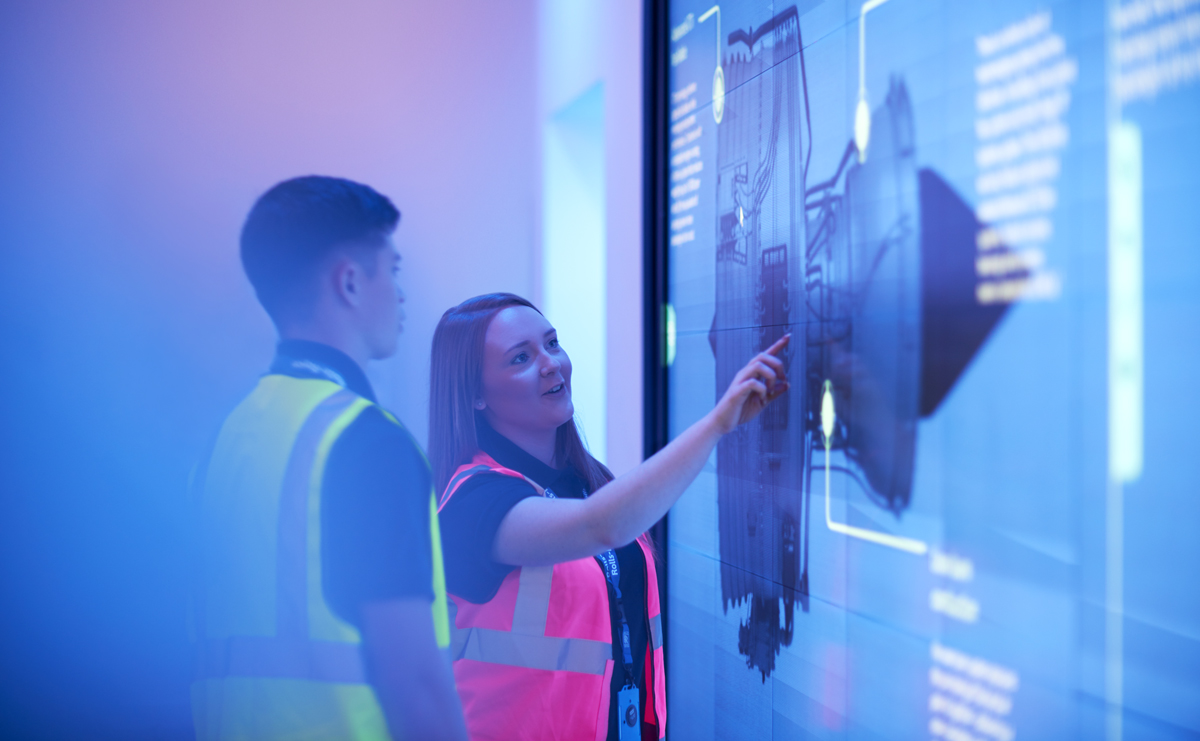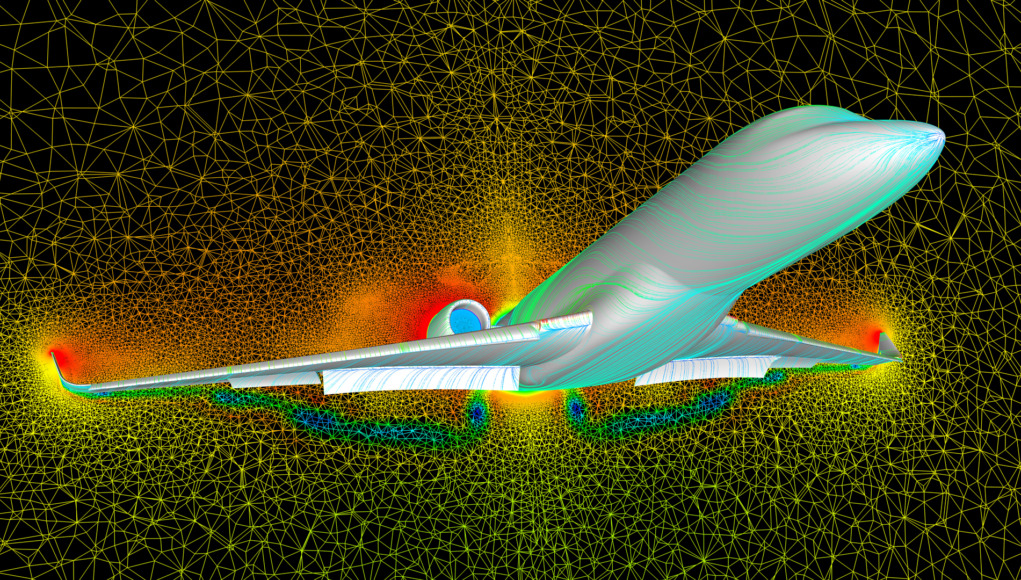You are surrounded by big data and Artificial Intelligence (AI), broadly defined as the capability of a machine to imitate intelligent human behavior. While you may have seen the IBM Watson ads, or enjoy the help of Amazon’s Alexa, do you understand how AI can transform the way you live and conduct business? And what does this mean for your flight operations and financial management?
From movie preferences to shopping carts, an incredible amount of data is being compiled in real time. These data points are then analyzed using AI and machine learning. A computer can mine enormous amounts of data – both real and simulated – to extract an immense number of outputs, surpassing what would be humanly possible.
While the business aviation industry has been slow to adopt this technology, all aviation stakeholders – from aircraft owners, to charter management companies and aircraft operators, to OEMs and Maintenance, Repair, and Overhaul facilities (MROs) – will be affected by AI and its applications in the coming years. AI will radically change the business aviation industry, including the management of a business aircraft.
AI’s impact can be divided into two broad groups: operational and financial. Points to consider include:
Operational Impacts
• Enhanced Maintenance – Given today’s digitally advanced and connected aircraft, combined with AI’s ability to quickly mine and draw insights from large amounts of data, you will likely see a change in maintenance intervals. For current aircraft, maintenance intervals will extend. For aircraft yet to be built, it’s likely that there will be entirely new maintenance intervals as a direct result of a superior analysis of maintenance data.
Additionally, predictive maintenance will continue to improve. You will see better maintenance scheduling and enhanced maintenance operations, which means greater availability and reliability for owners and operators, alongside lower costs.
As an example, through the marriage of optical technology and AI, which can be used to track and advise maintenance technicians, MROs will be able to optimize their work by using video data. Multiple cameras can capture work as it is performed, identify the most efficient work flows, and help troubleshoot.
Here, aircraft owners will end up the big winners, with greater uptime, lower operating costs, and more consistent quality maintenance.
• Reduced Pilot Workload = Improved Safety – While safety concerns have long hindered AI adoption due to insufficient computing power, the act of piloting or operating an aircraft is now ripe for change. The same technology that uses sites such as Grammarly and OpenAI can be employed to correct grammar and complete sentences, thereby reducing pilot communication workload. Textual communication will become more widely adopted as we transition to modern Air Traffic Control (ATC) systems and self-separation of aircraft. This means aircraft don’t rely on ATC to separate them, but maintain traffic separation themselves.
Additionally, voice communication can leverage AI oversight to become suggestive and/or corrective, as needed. AI can listen in to communication and interject to correct miscommunication and/or suggest replies. One example is a missed radio call. AI can prompt the pilot to respond to a missed call and actually tell the pilot the exact message they missed. The AI is always there to be sure mistakes or omissions are flagged and managed. This enhances crew resource management (CRM).
You likely will see the advent of AI as a virtual third crewmember. You already are well acquainted with the simplest form of AI: autopilot. Looking ahead, Autopilot 2.0 will mean true crew member augmentation – an additional virtual person in the cockpit at any time.
• Human Capital Management – Deep data analysis can help schedule flight and support staff more efficiently, and identify operating trends that lead to human capital inefficiencies. For management companies, this means delivering a better work-life balance to staff, with little or no corresponding impact on business outcomes. For owners, this translates into better ownership experiences and lower operating costs.
• Improved Ramp and ATC Operations – No one likes to wait, especially when you have to taxi in or out of an FBO, or hold due to ATC delays. Using AI and imaging technology, FBOs can systematically monitor ramp and fueling activity, remove process inefficiencies, increase throughput (rate of fueled and handled aircraft per hour), enhance safety, and improve overall customer service.
Similarly, ATC throughput (the rate of airport arrivals and departures per hour) can be greatly enhanced by AI. From bridging language gaps found in international operations, to monitoring and managing vastly more aircraft than a human ever could, to aircraft self-separation, AI will usher in a new era.
• Increasing Flight Path Efficiency – Improved data analysis and computing power will allow management companies and operators, along with ATC, to always choose the most optimal routing and flight paths. Doing so will maximize fuel efficiency, ultimately resulting in lower costs.

Financial Impacts
• Accounting Automation and Financial Enhancement – Today, accounting and financial management for aircraft owners and management companies are often inaccurate, slow, and fraught with errors. A single aircraft can generate more than 300 invoices in a given month, which then need to be verified and cost-accounted. A host of financial problems can result from this antiquated process.
The implementation of AI and Optical Character Recognition technology creates a lightning-fast virtual cost accountant. This enables companies to automate this painstaking process to eliminate errors, standardize financials, and deliver lower costs and higher accuracy for users. For owners, this translates into lower operating and ownership costs. For management companies, this means lower internal costs and increased client retention.
• Increased Human Capital Efficiency – AI will allow management companies to multiply the effectiveness of their staff by automating rote tasks, allowing their employees to focus on value-add functions. Just as the Industrial Revolution vastly increased worker output, so will AI.
• Better Selling and Revenue Management – A large part of aircraft management is focused on monetizing aircraft assets through charter, which largely is done via an antiquated sales and scheduling process through phone calls, emails, and basic IT systems. While other markets – including the stock market – trade automatically or algorithmically, selling charter remains mostly a manual process. From quotes and bidding management to intelligent price discrimination, AI will usher in a new era to supercharge selling for charter operators.
• Customer Service Enhancements – A chatbot (AI software that can simulate a conversation via app, website, or phone) can emulate humans during off hours, and cover for employees if they are away from their desks. Through chatbots, emotion analytics, and predictive personalization, customer service truly will be available 24/7/365 – and much smarter. Companies such as Sprint and Pega already employed predictive and self-learning analytics to identify customers at risk of “churn” (rate of attrition), in order to proactively provide personalized retention offers.
Essentially, AI can help foster stronger customer engagement through uninterrupted client services.
In the coming years, you will see AI play a more prominent role in business aviation. As the industry continues to embrace the technology, the quality, speed, and accuracy of aircraft management and operations will improve, creating a better environment for all stakeholders. BAA
Jean de Looz is Head of Americas for MySky, the only AI-powered spend management platform designed for the business and private aviation industry. An industry veteran, Jean has experience selling and managing private aviation services.





